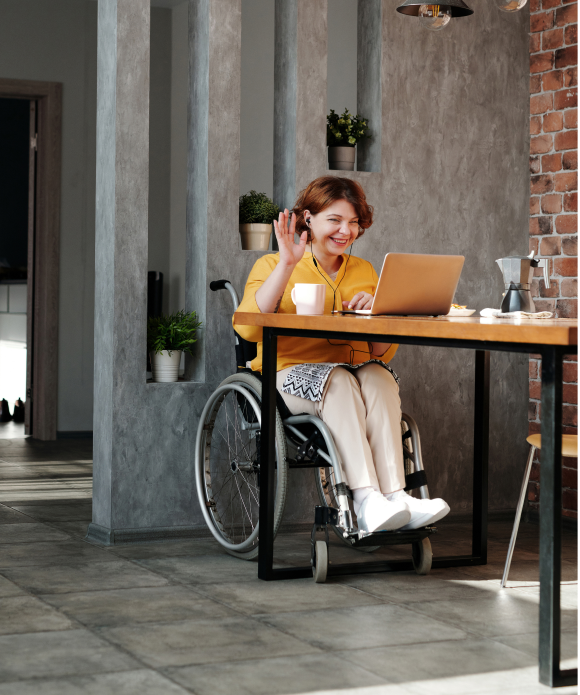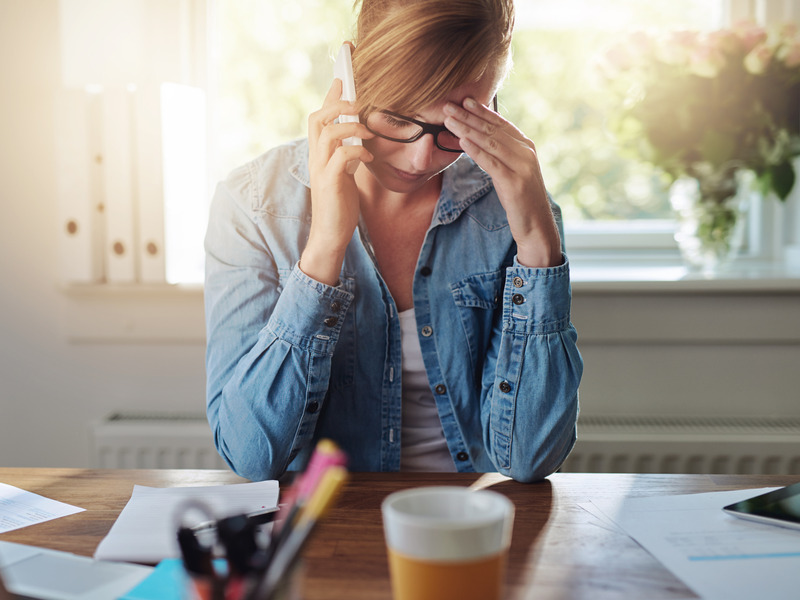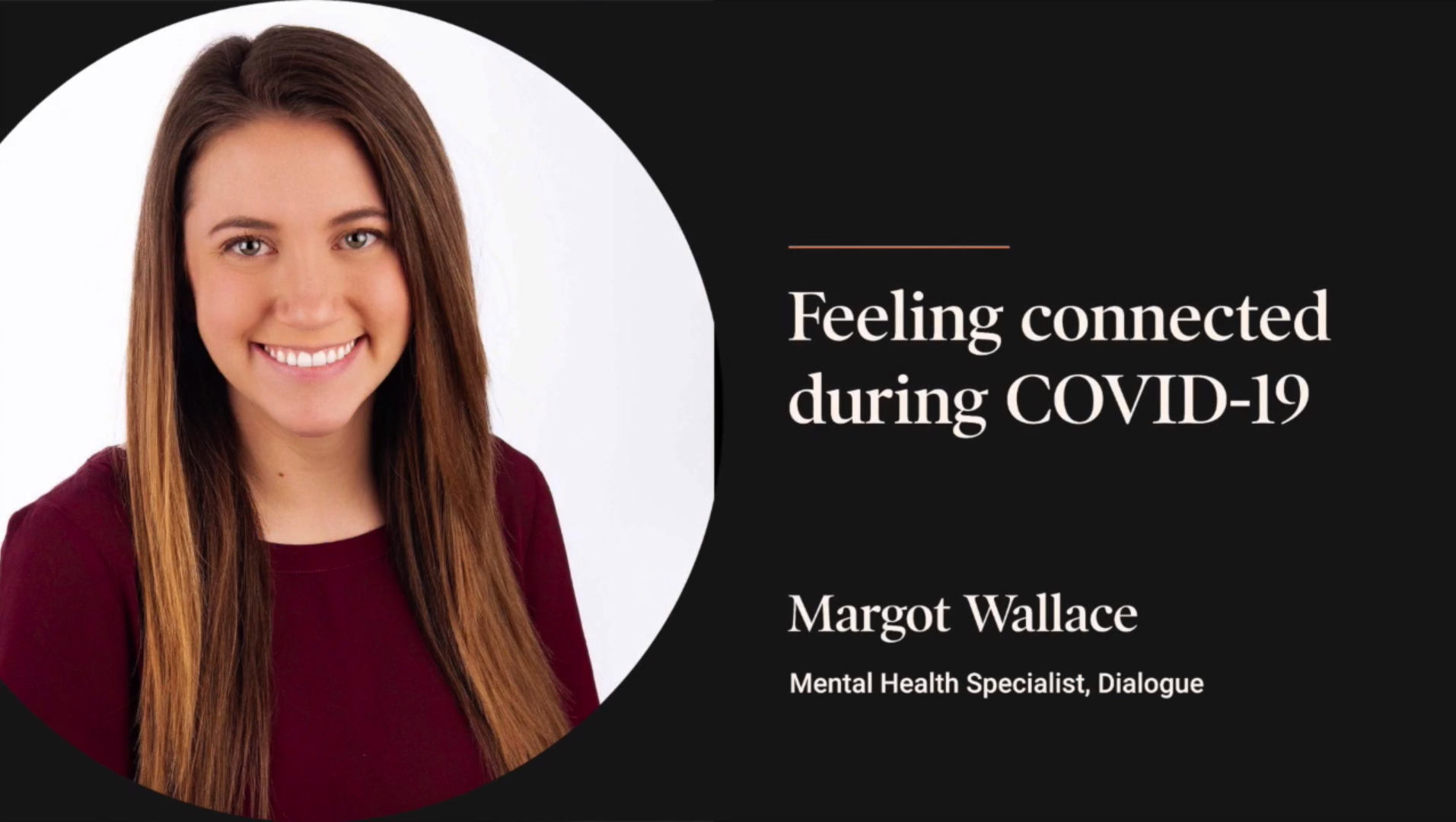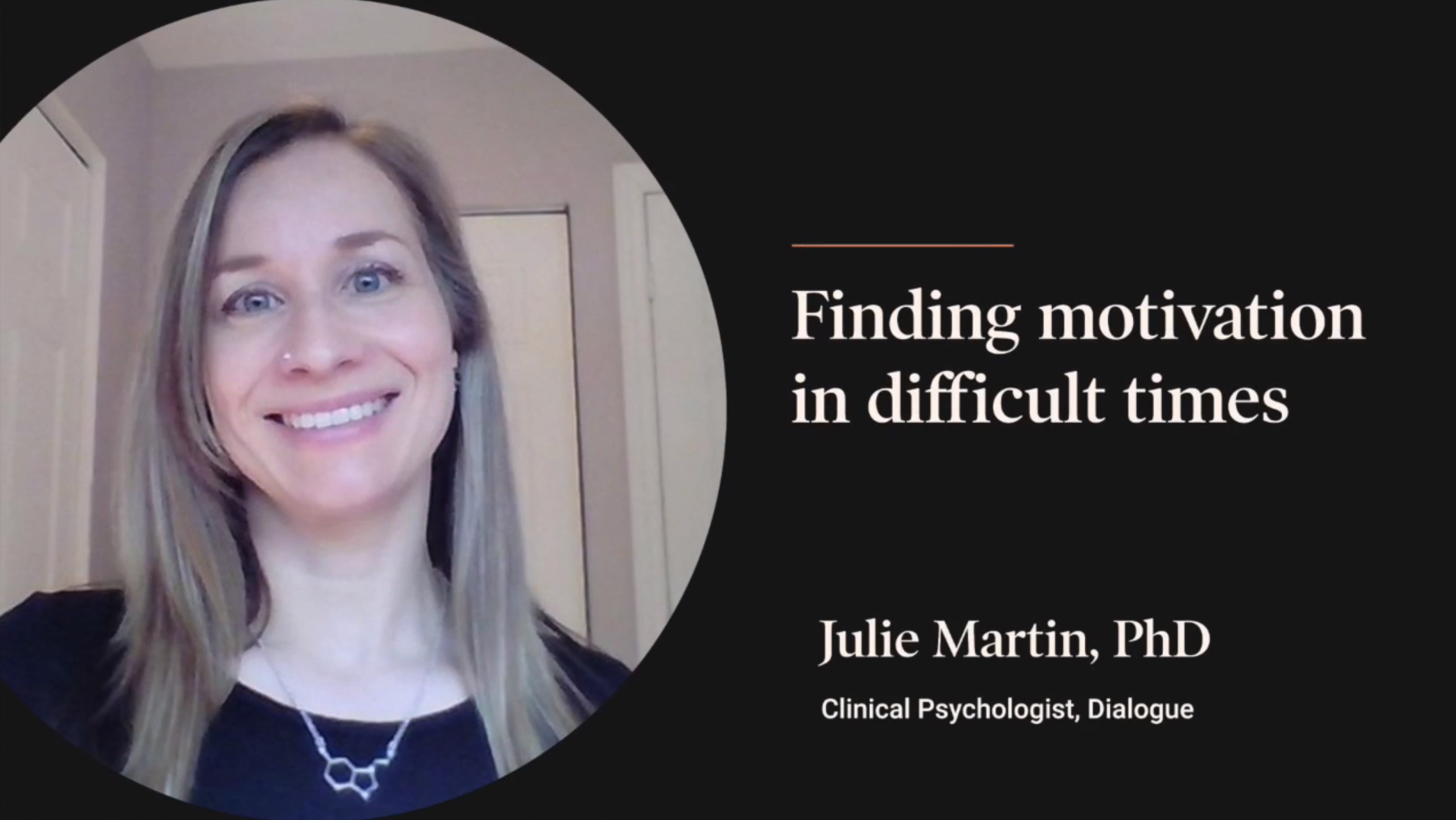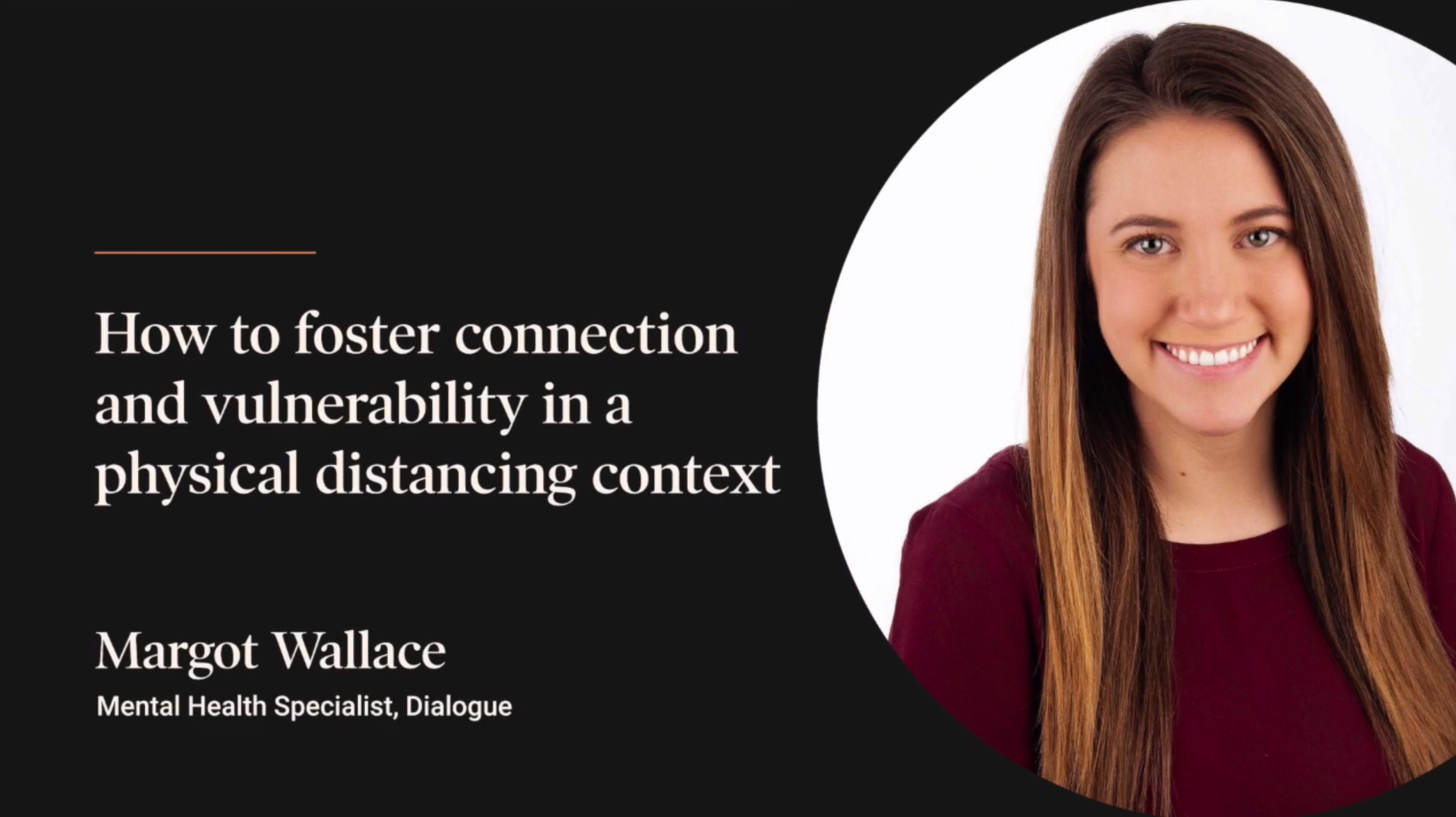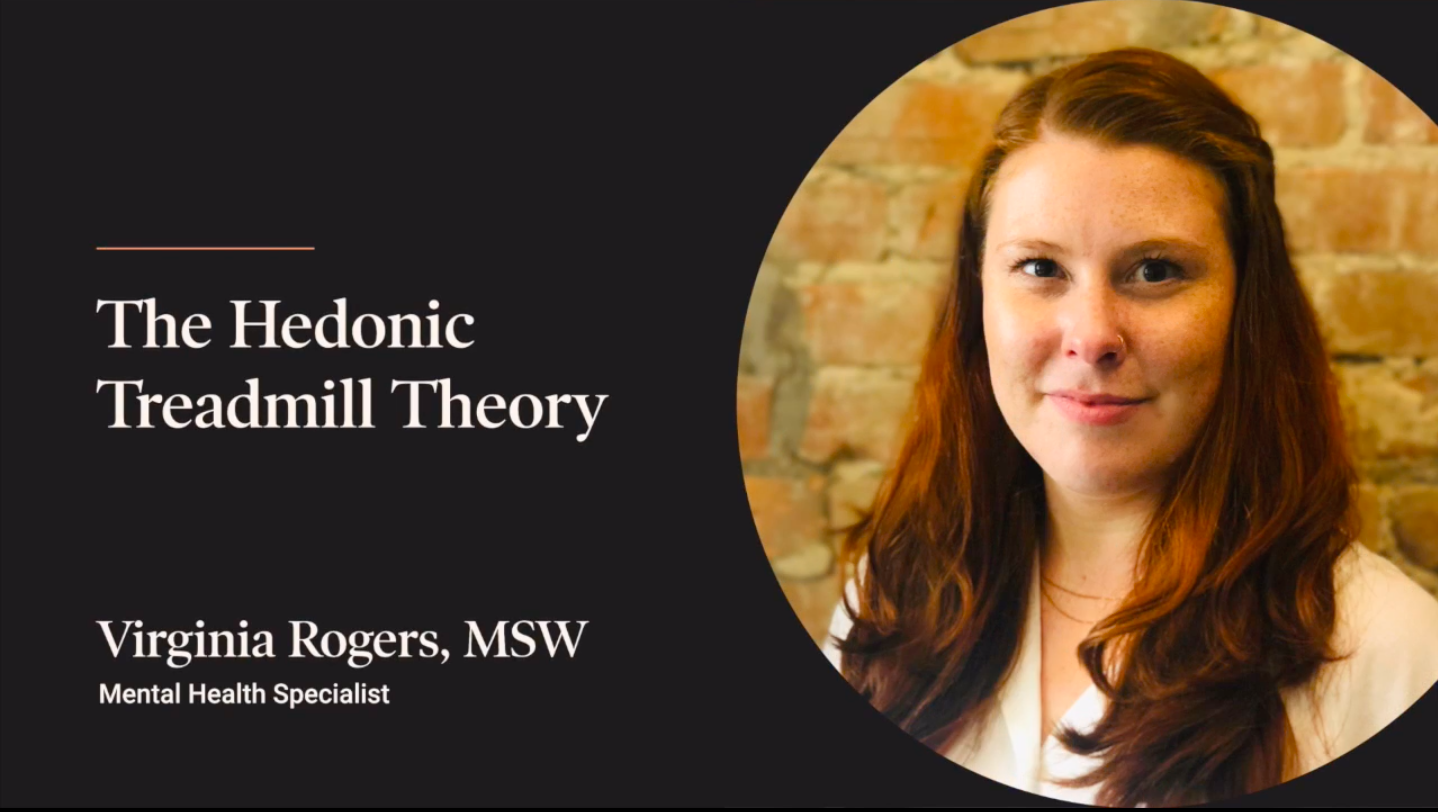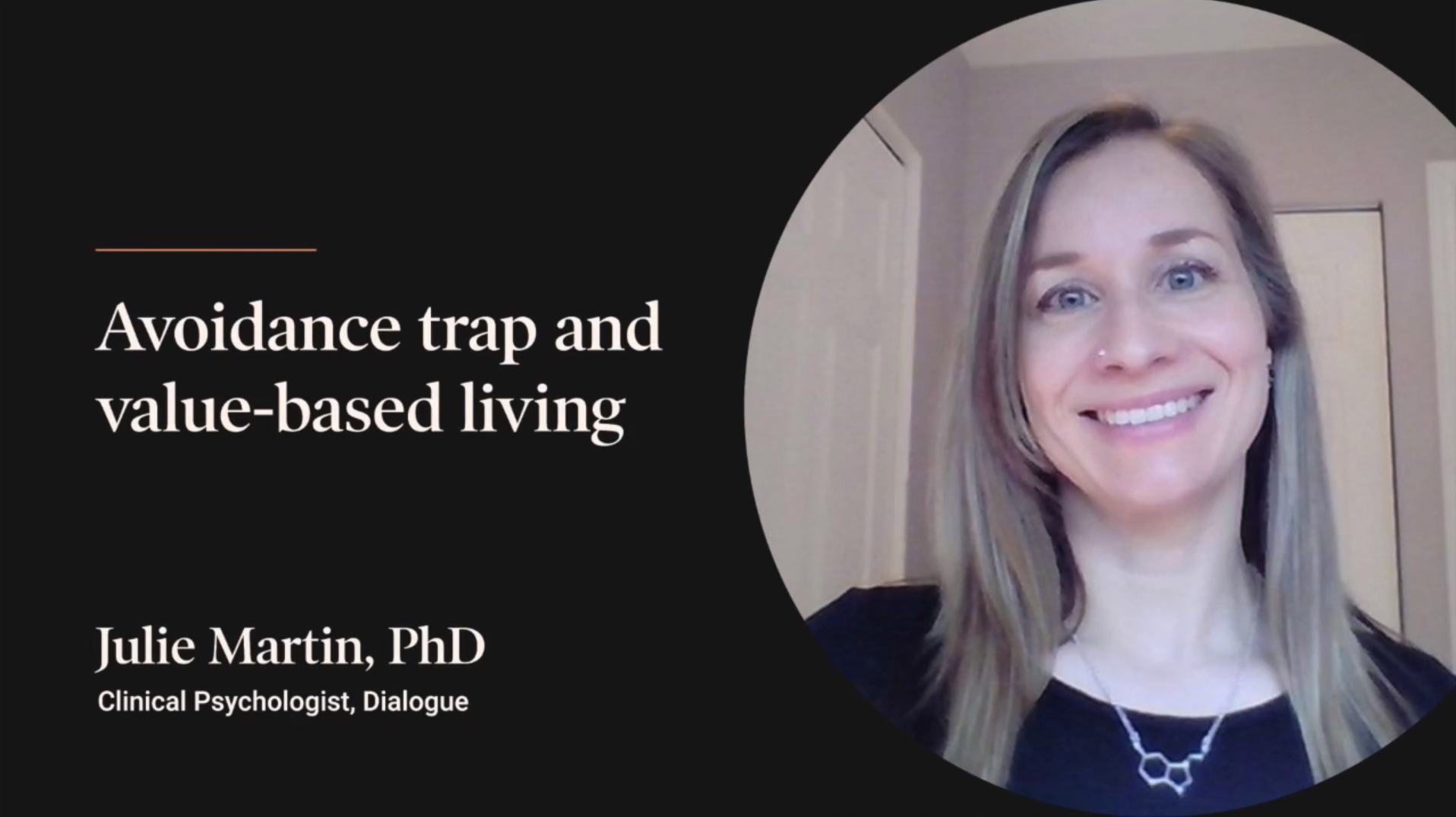Establish Boundaries
When making the transition from working in the office to working from home it is often difficult to separate work and personal life. Too often, the lines become blurred between our different spheres of life that have begun to inhabit the same space: Home.
Therefore, it is important to properly define when and where (i.e. space and time) you will be carrying out your role as an employee with the people you are sharing your home with. For example, if you have children, it is important to communicate to them what your expectations are regarding their behaviour when you are clocked in.
Tips- If possible, dedicate a room in your home as your office (calm and isolated space) and refrain from working anywhere else.
- Set boundaries with work by setting a specific time your shift will end during work days.
- Shut off all work devices, at the designated end time.
- Create a mental separation between work and personal time, at the end of your shift, by switching to another activity altogether (i.e. going for a walk outside).
- Schedule the activity in your calendar right after the end of your shift.
Establish a clear routine
Children are used to having a structured day at school. Explain to them the value of planning their day and make a weekly schedule with them, including times when children play together and are busy alone. Routine has the advantage of keeping the children safe and allows us to plan our day.
Involve your children in creating the routine.
To reduce the likelihood of children's opposition behaviour towards their parents. Here are some ideas for power zones:
- Choosing the time of day
- Choose the activity during different periods (for example during the periods activities, family games, educational games, etc.).
- Choosing the snack
- Choose the order of the activities (you determine the activities to be done in the day/week, they schedule them)
- Decoration / construction of the routine management tool
Be kind with yourself
Give yourself room for error. We are in a unique context. We can't perform at work the way we normally do. Just as our home life cannot function as well as normal.
Tips- Avoid comparisons and keep in mind that you are doing your best.
- If you feel pressure, express it to your superior, your colleague, your spouse. Naming our distress is already a way to live with it better.
- Finally, take time for yourself every day. A simple walk, a call with a friend, play a sport, read at night...take time to find yourself.




 Canada (EN)
Canada (EN)
 Global (EN)
Global (EN)
